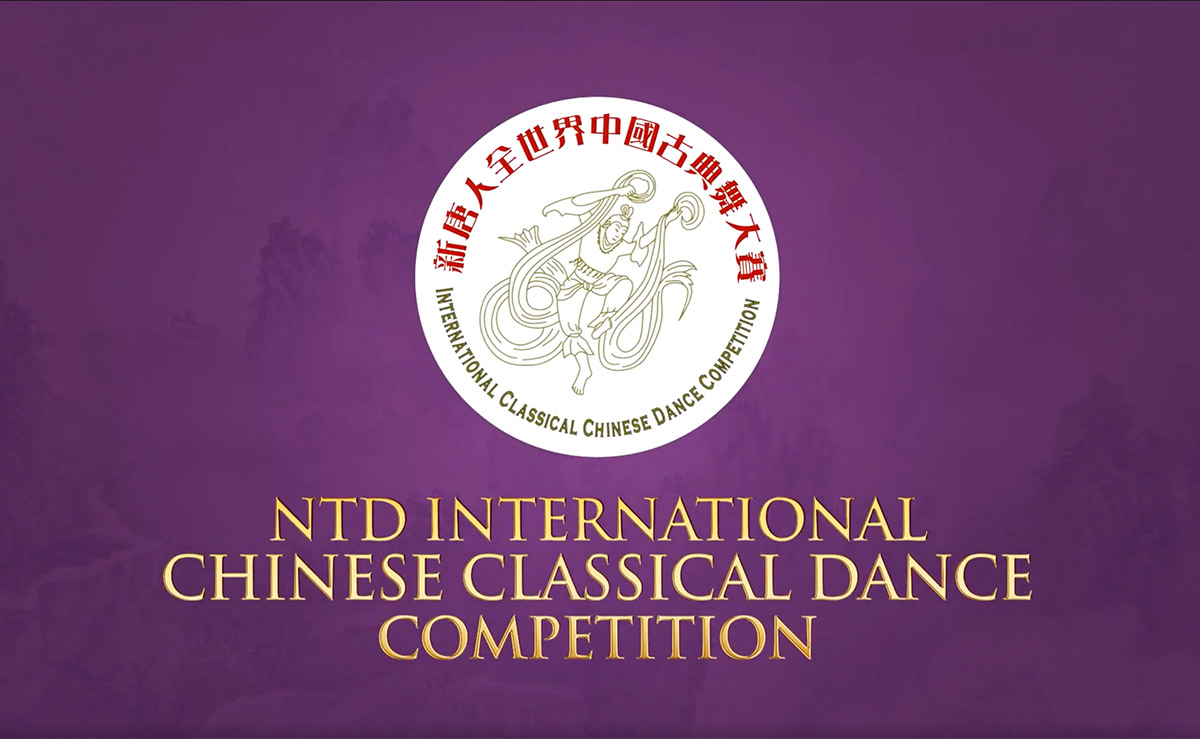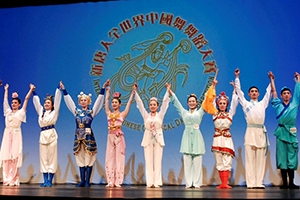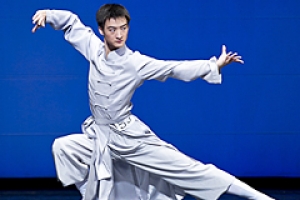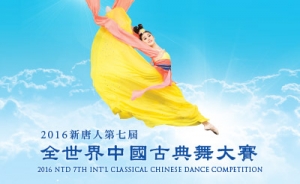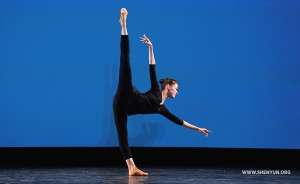A low brass note rolls through the audience as a lone figure appears on stage. A short run, and he lifts off. Time stops as he strikes a pose, suspended midair. His face bears no witness to the strain it must have taken. Instead, he flashes a triumphant smile. An elegant spiral to the ground and the audience involuntarily gasps. No one hears him land. He simply touches down and spins into another pose, and when he proclaims his victory with a bow, the crowd erupts in a sea of applause.
The upcoming New Tang Dynasty TV International Classical Chinese Dance Competition, held Sept. 7-10, 2023 at the Performing Arts Center in Purchase, NY, showcases one of the world’s oldest and most expressive art forms. Many of Shen Yun’s rising stars will be among the contestants.

Millennia in a Movement
Dance competitions of various sorts are nothing new, with some of the most well-established ones being global ballet contests like The Prix de Lausanne and the USA International Ballet Competition.
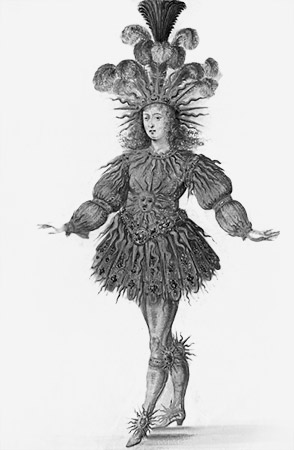
Ballet’s roots are often traced back to the court of King Louis XIV in the 17th century, Classical Chinese dance’s precise roots are a little harder to trace, reaching back several thousand years. And whereas dance in the West spread in the form of academies and institutions, the East took a more informal approach—an apprenticeship system was the most common form, dance troupes were plenty, and each group had its own style.
In recent decades, Chinese dance companies have performed different variations of classical Chinese dance, but they have often mixed in ballet, modern, and other dance forms. It was only with the arrival of Shen Yun Performing Arts in 2006, that classical Chinese dance in its purest form was presented to the world on a large scale.
A Fight for the Future
This competition will be the tenth hosted by New Tang Dynasty Television. The New York-based station launched the competition in 2007 as part of a series of international tournaments—including traditional Chinese couture, martial arts, painting, singing, cooking, and more.
What these competitions have in common is a shared mission of preserving and reviving traditional culture and arts—in the face of a massive effort to decimate it.
Over the past seventy-plus years, often through violent political campaigns, the Chinese Communist Party (CCP) has been destroying the country’s cultural heritage. Be it when it first came to power in 1949, the Cultural Revolution of the 60s and 70s, or even today with the persecution of Falun Gong adherents, the CCP has been systematically uprooting a once-magnificent civilization with a history of five thousand years.
This international dance competition not only showcases an ancient art form but, through the stories performed on stage, brings ancient legends and virtues back to life.
What to Expect
The competition follows a simple format. Each dancer is judged on a two-part performance: a technical piece and a story dance. Over several rounds, contestants are sifted to uncover the year’s true gold, silver, and bronze medalists.
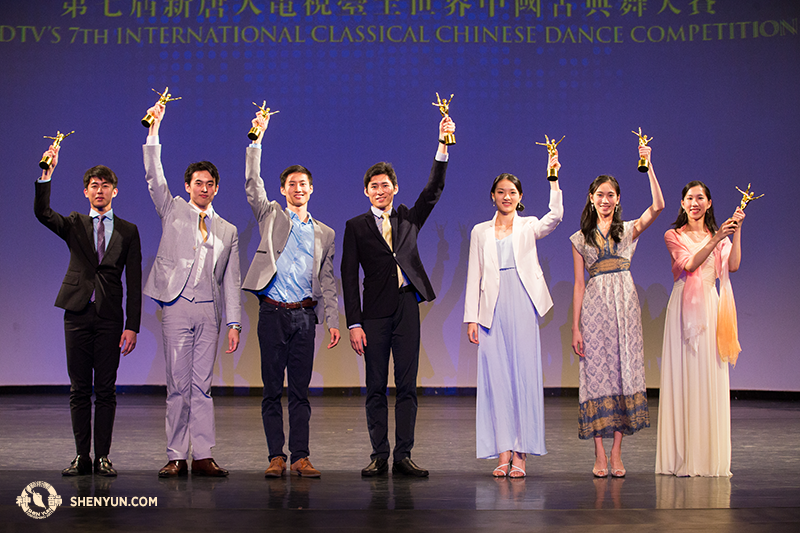
Technique
Classical Chinese dance is often divided into three parts; shen-yun, or bearing; shen-fa, or movements and postures; and ji-qiao, or technical moves.
Shen-yun, not to be confused with our company name Shen Yun (the first word is different, the second the same), is like the feeling behind each movement.
According to William Li, an accomplished dancer, teacher, and judge at this competition, shen-yun is a direct product of a person’s upbringing, culture, and life experiences.

“At its core, it’s a very simple and honest reflection of the dancer as a person,” he says. “That’s why it’s also one of the hardest aspects of classical Chinese dance to learn.”
For non-Chinese, achieving an authentic Chinese flavor in their movements is difficult, though not impossible, as previous competitors have proven.
Shen-fa is a more physical concept, involving the mastery of every movement and posture of classical Chinese dance.
Technical moves are perhaps the easiest to explain and appreciate. These are the dynamic and often explosive movements that include leaps, spins, flips, tumbling, and control techniques.
The technical moves add flavor and excitement to any dance routine, and feature a wide array of aerial techniques. In fact, many of the moves now popularly associated with gymnastics or acrobatics actually originate from classical Chinese dance. As you watch the dancers fly about on stage, the correlation becomes clear.
Control techniques are some of the hardest moves, according to the dancers, but when combined with incredible flexibility, make for an impressive spectacle.
Story
Masterfully executed technical moves are undoubtedly pleasing to the eye, but for many, the story dance is the main attraction. It is also a big part of where the dance competition’s mission comes in, for it is in this segment that stories from traditional Chinese culture are portrayed.
Contestants are tasked with performing a dance that takes a story, moral, or emotion as its foundation. Fearless generals, resolute scholars, or even homesick wanderers all take the stage in this competition.
“For a story dance, what’s really important is your artistic expression and how you portray these characters,” explains Li. As a judge, Li looks not only at the accuracy of the movements, but at the spirit.
The stories, taken from the epic chronicles of Chinese history and literature, contain profound lessons in each. These were precisely the kinds of lessons and virtues that bound Chinese culture for millennia, and the ones the CCP has sought to destroy. By changing the narrative of history and altering the tales of China’s great heroes, the CCP has essentially robbed the culture of it meaning.
But if you go back to the original stories, you readily see that behind each historical figure was a principle that shone through their actions. From loyalty to courage to filial piety to sacrifice, it is these virtues and the characters that represent them that contestants set out to depict.
“You really have to embody the character,” says Li. “You have to make a connection with the audience and touch them.”
The ‘Essence’
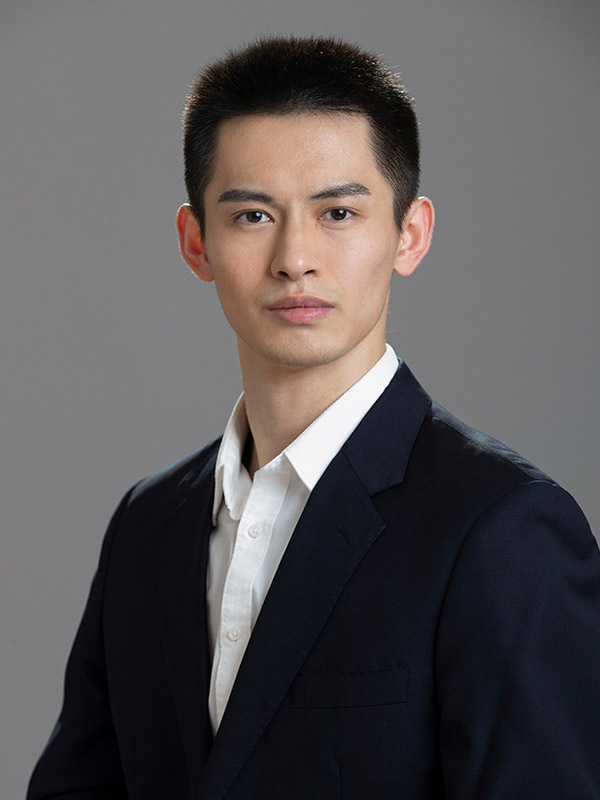
Chad Chen is a current Shen Yun Principal Dancer and a three-time gold medalist in the competition. In terms of technique, he says, what he judges isn’t just how high someone jumps or how good the acting is, but the portrayal of traditional culture.
“The real essence of classical Chinese dance is in how we move and how we use the moves to express the culture,” he says.
Chen says there’s no limit to what one can express through dance. “There’s five thousand years of culture behind it,” he says, and the possibilities for growth and achievement are boundless.
Through this competition, dancers aim to improve their skill, see how they measure against the best, learn from each other, and share a culture that was once on the brink of extinction.
“You’re not just coming here to compete,” says judge Li. “What you’re displaying on stage is something with ancient roots. There’s a lot of wisdom and values in traditional Chinese culture that we can learn from today.”


